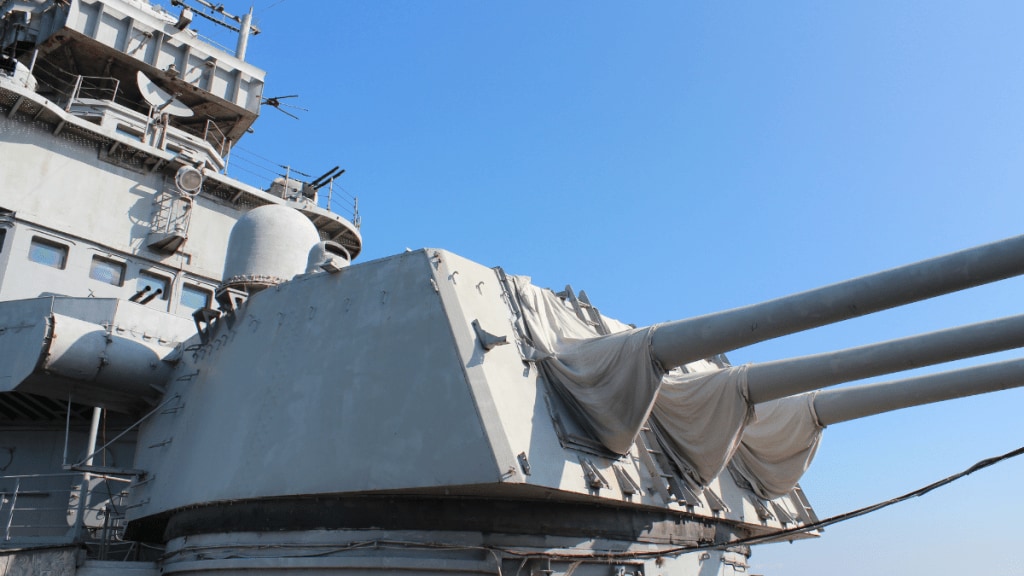India’s defence sector is poised for a healthy growth in FY26 with entities operating in the segment expected to clock revenue expansion of 15-17 per cent, according to an analysis by rating agency ICRA. The growth momentum, it added, is primarily driven by strong execution progress on the back of a robust order book position, with order book/operating income (OB/OI) ratio at 4.4 times as of FY2025 end.
Further, ICRA has also assigned a positive outlook to the sector on the back of government’s sustained budgetary outlay and policy support for defence.
Govt push for indigenisation
Over the years, the Government of India (GoI) has implemented numerous policy initiatives to boost domestic defence manufacturing, encourage investments and expand exports, with Atmanirbhar Bharat at its core.
Key initiatives include:
– Liberalisation of FDI in the defence sector
– Continued enforcement of the Defence Offset Policy
– Creation of two dedicated Defence Industrial Corridors
– Publication of five Positive Indigenisation Lists
– Launch of the SRIJAN portal to facilitate domestic sourcing
Besides these, the government has also increased the budgetary outlay for the sector with a thrust towards capital outlay, which has grown at a CAGR of 8.29 per cent over the previous five years to Rs 1.92 lakh crore in FY2026.
Suprio Banerjee, Vice President and Co-Group Head, Corporate Ratings, ICRA Ltd, said, “As per ICRA’s analysis, entities across the entire spectrum of Defence production – land, naval, aeronautical, armaments & ammunition and ICT2 – will benefit from the sustained expansion in budgetary outlay since 2015, which is expected to translate into healthy order inflows as the Government continues to increase domestic procurement.”
Through these initiatives, ICRA maintained, the expenditure on defence procurement from domestic vendors has increased from 61 per cent in FY2017 to about 75 per cent in FY2025. Meanwhile, it added, exports have grown by more than 15 times and at a healthy CAGR of 41 per cent to Rs 23,622 crore during FY2017-FY2025 period.
Sector dynamics: public vs. private players
While the land and ICT-based segments are expected to see increased private sector participation, per the ICRA report, the Defence Public Sector Undertakings (DPSUs) continue their dominance in the naval, aerospace and armaments segments.
However, financing challenges persist. According to ICRA, differences in how DPSUs and private companies fund their working capital lead to varying levels of working capital intensity across the sector. However, the overall gross operating cycle remained high at over 400 days in FY2025 for ICRA’s sample companies, which is likely to continue putting pressure on cash flows as companies need to keep enough inventory to avoid disruptions in production.
Nevertheless, the sector remains well-positioned with respect to the financing of its working capital requirements, ICRA said. While the private entities depend on equity fundraising through Qualified Institutional Placements (QIPs) and preferential allotments to support their working capital needs, DPSUs benefit from mobilisation advances.
“Even though the gross operating cycle has gradually improved over this period, efficient working capital management will remain imperative to sustain the growth momentum. Notwithstanding these concerns, in FY2026, the metrics for revenue and operating margin for ICRA’s sample set amid a likely expectation of a stable gross operating cycle, meets ICRA’s benchmark for positive outlook for the sector,” Suprio Banerjee added.
Key monitorables
Working capital management: Especially for private players where cash flow mismatches could impact execution timelines.
Execution of new orders: Timely and efficient execution of the growing order book will be critical to sustaining margins.
Policy continuity: Any shift in government stance on indigenisation or budgetary allocation could alter sectoral dynamics.
Export growth sustainability: Continued momentum in defence exports will be vital for long-term sectoral stability.

